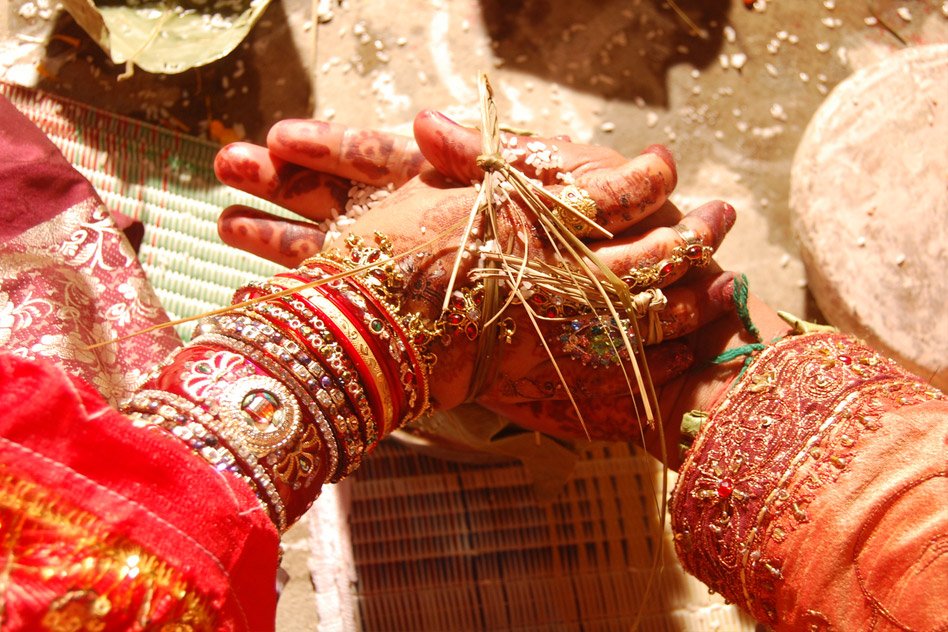
This Village In Madhya Pradesh Will See A Marriage After 40 Years. Reason: Female Foeticide
27 Feb 2017 10:23 AM GMT
Female foeticide, the practice of terminating the foetus if it is known that the future baby born will be a girl. This is the result of a deep-seated cultural preference for boys. A preference which is skewing India’s sex ratio. It is one of the most rampant social evils in the country. In most conservative and traditional families, a girl child is considered a liability due to the frequent demands of the huge sums of money in the form of dowry at the time of their wedding.
Gumara Village in Bhind District of Madhya Pradesh is known for female foeticide. A girl child does not have high hopes of survival in this village. She is either killed in the womb or as soon as she is born. This conspiracy of the illegal practice of sex determination and female foeticide is not brought to light since no one complains about it to the authorities.
The situation is so bad that the village will witness the wedding of a girl after four decades. The bride, Arti Gurjar, 18, is getting married in December this year. She was supposed to get married in March but due to her board exams, the wedding was postponed. Another girl, Rachna Gurjar will also be getting married this year.
“There are very few girls of my age in the village. I don’t have many friends so mostly I dedicate my time to studies as I want to be a doctor. I will also continue my studies after marriage,” Arti said, as reported by Hindustan Times.
People in the village are less excited about the celebration and more interested in hiding it in a bid to gloss the ugly truth. A resident told Hindustan Times that he feels it is a conspiracy of people to give a bad name to the villagers.
The women and the youngsters are very excited to be a part of this celebration. One of the women says that ladies in the village used to be afraid of chuna (lime), tobacco and milk while delivering a baby because if a girl child was born, these items would be used to kill her. With fear of the law and more women taking a stand, things are slowly changing.
Another woman says, “The girl child was treated as inauspicious and burden for the family. The villagers would also not allow any pregnant lady to come in contact with a woman who had given birth to a girl child. I gave birth to a female 20 years ago. Though the family members didn’t dare to kill the girl child, they forced me not to provide any food and care to her, and my daughter died of starvation.”
The scenario has changed a lot now after the government effectively implemented the Pre-Conception and Pre-Natal Diagnostic Techniques (PCPNDT) enacted by a parliament in 1994.
According to the data provided by the Women and Child Development Department, the child sex ratio was 10:0 in 1995 for number of girls for every 10 boys, 10:2 in 2001 and jumped to 10:7 in 2011.
While the increase in numbers of girls being born is a good sign, we still need a firm implementation of the laws. Educating people is also important. And a one-time workshop will not help change the mindset of many decades. There needs to be consistent effort and follow-up.
Also Read: They Secretly Hoped That She Was A Boy
 All section
All section













